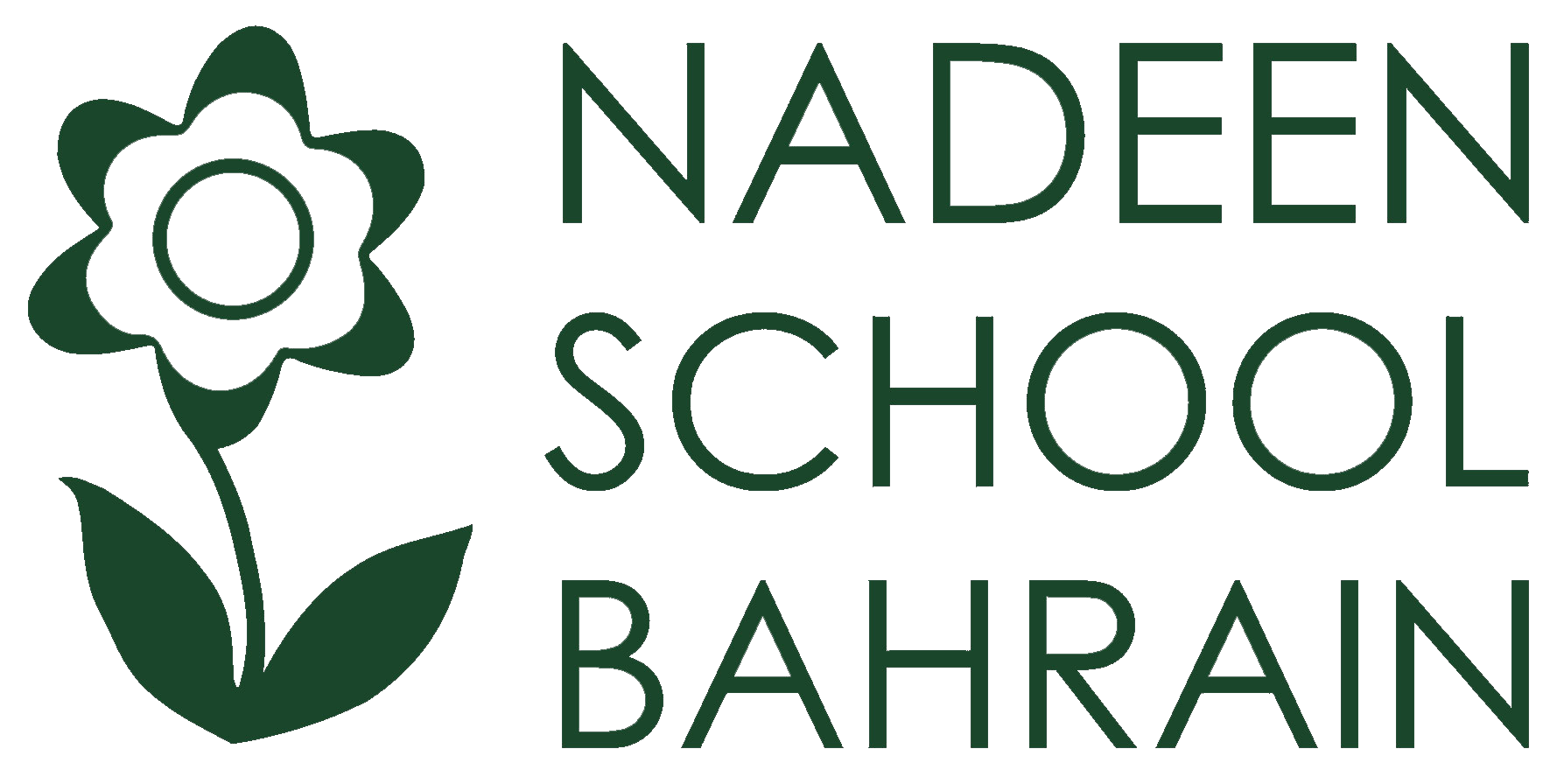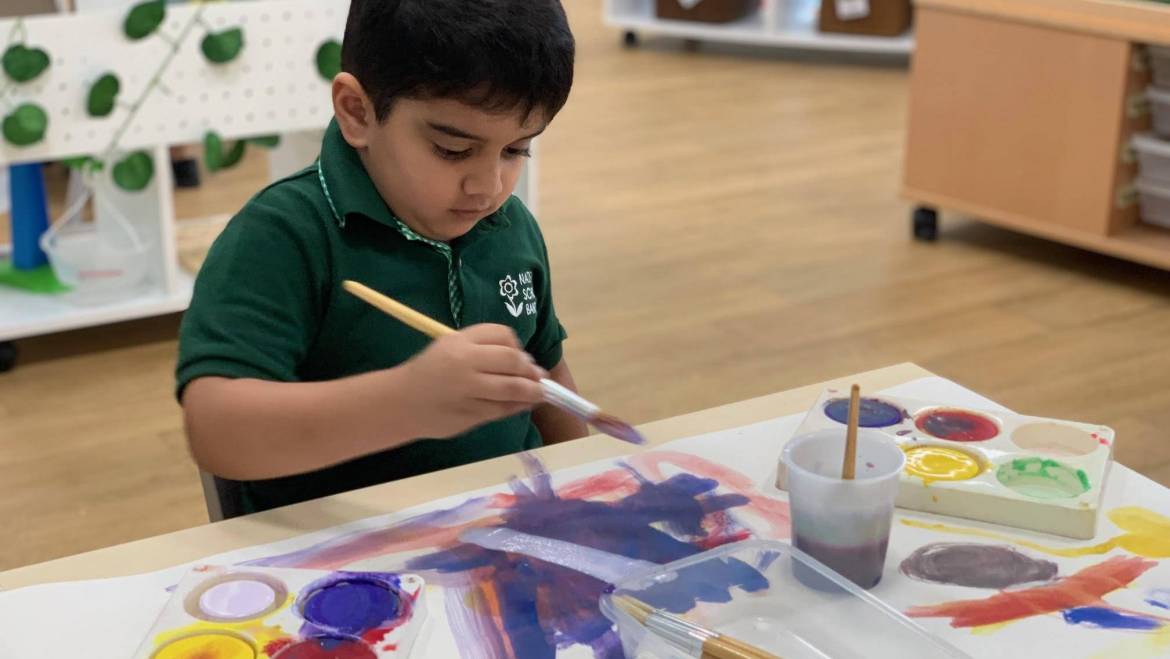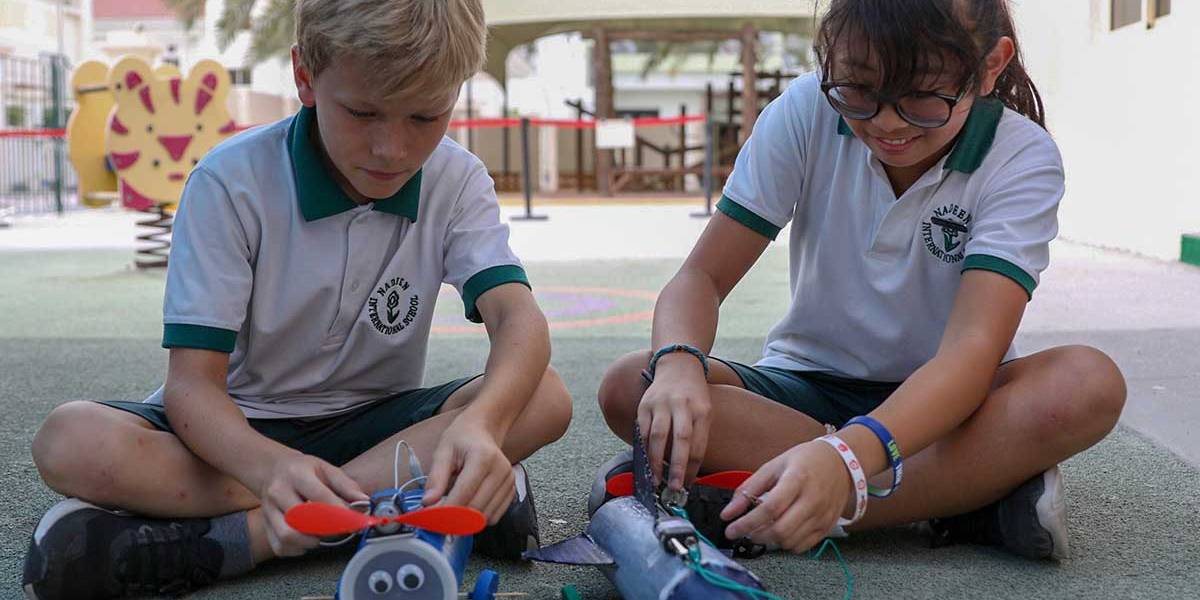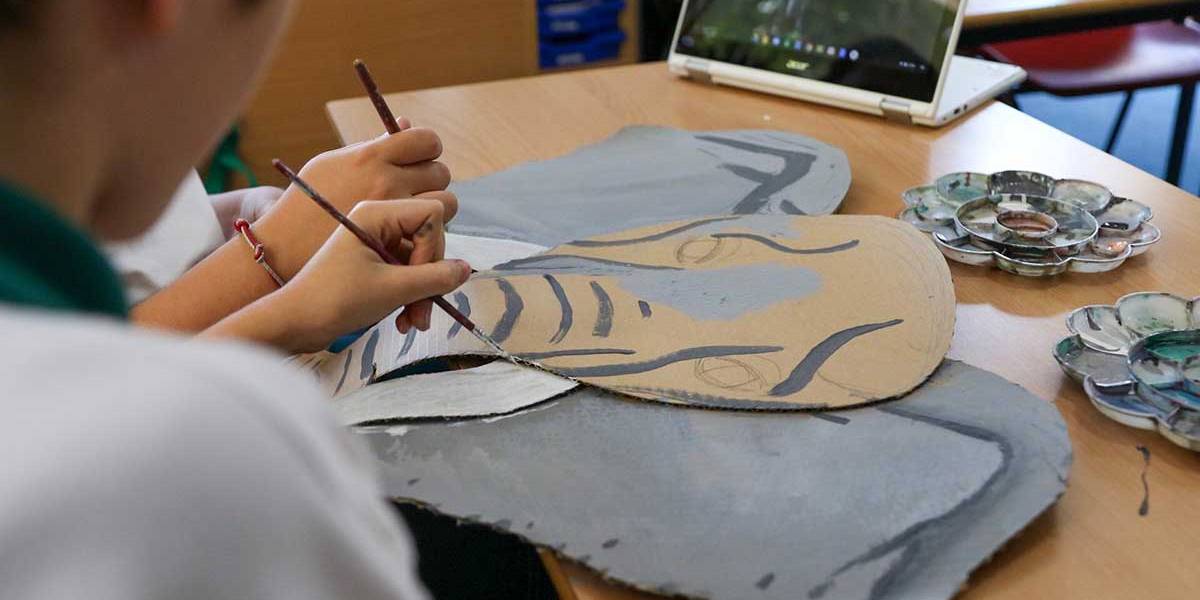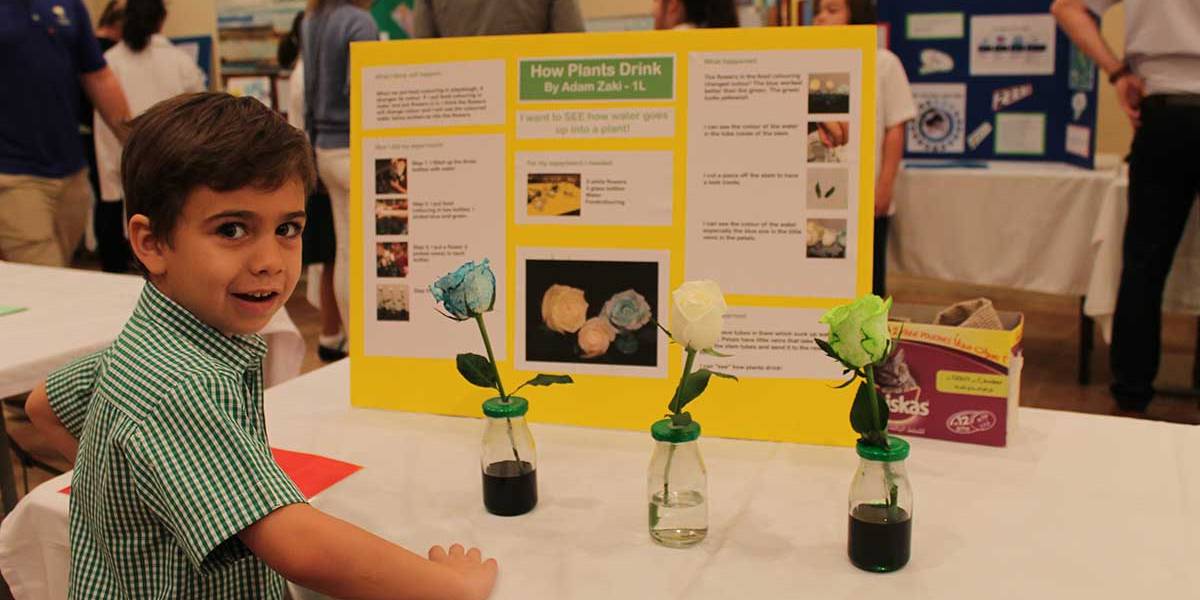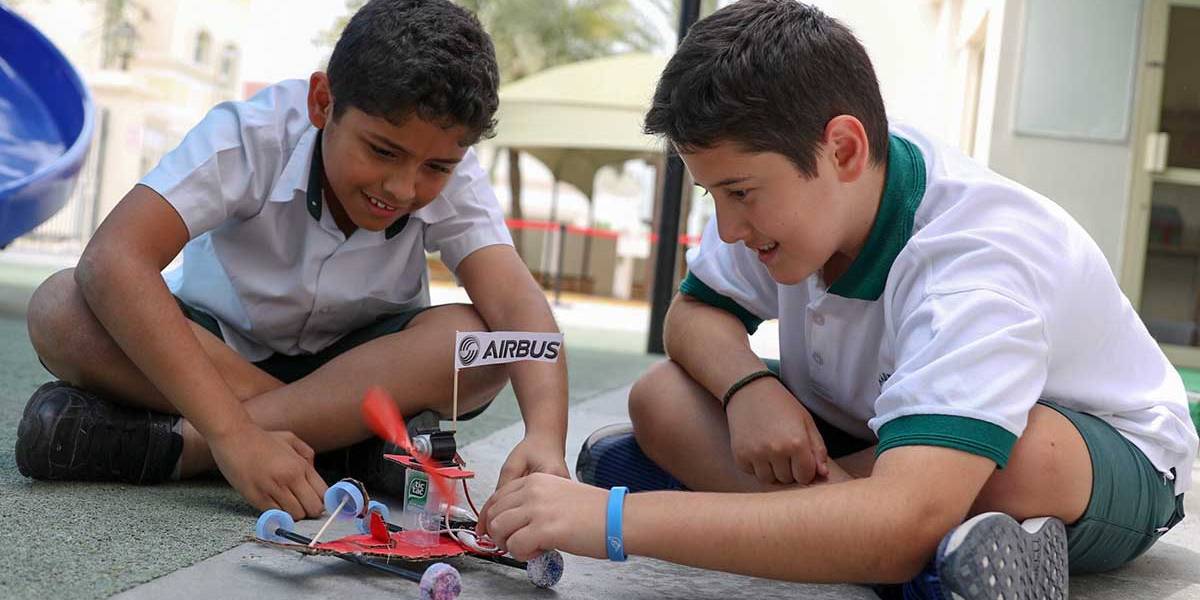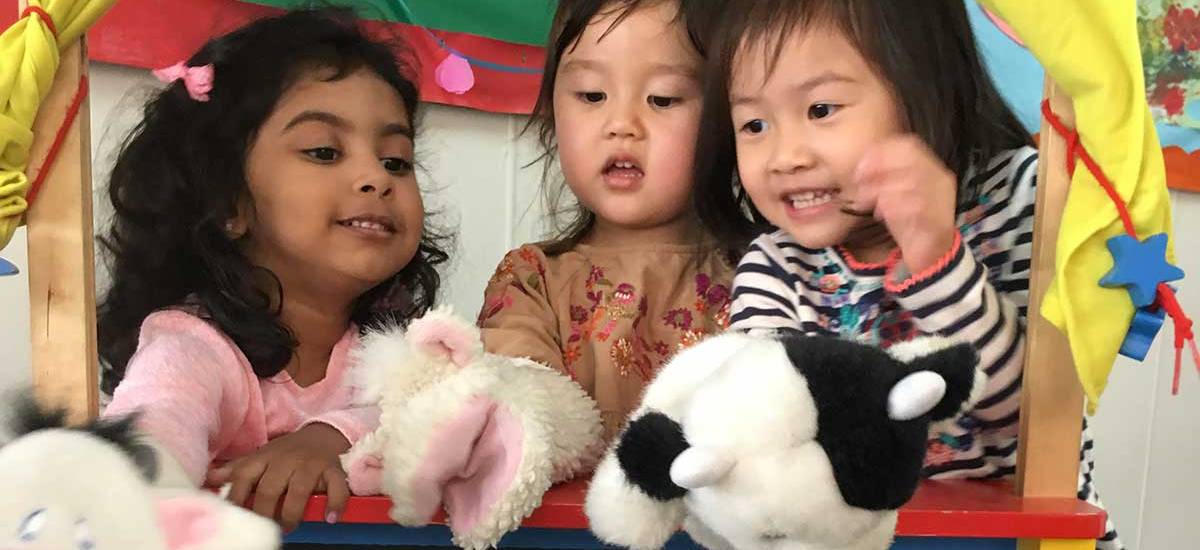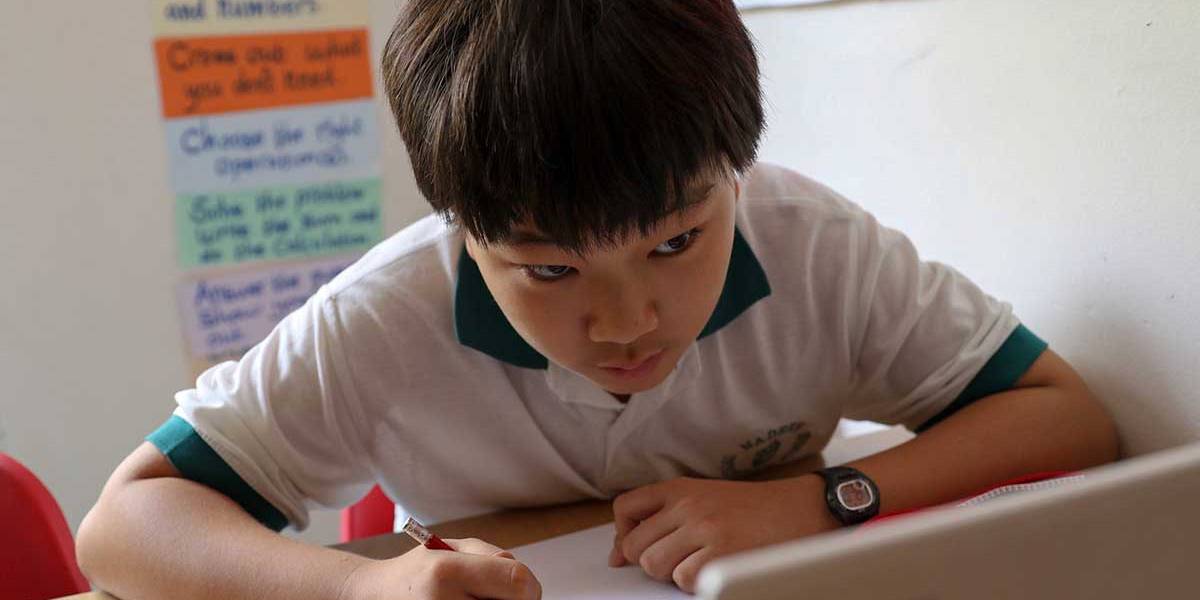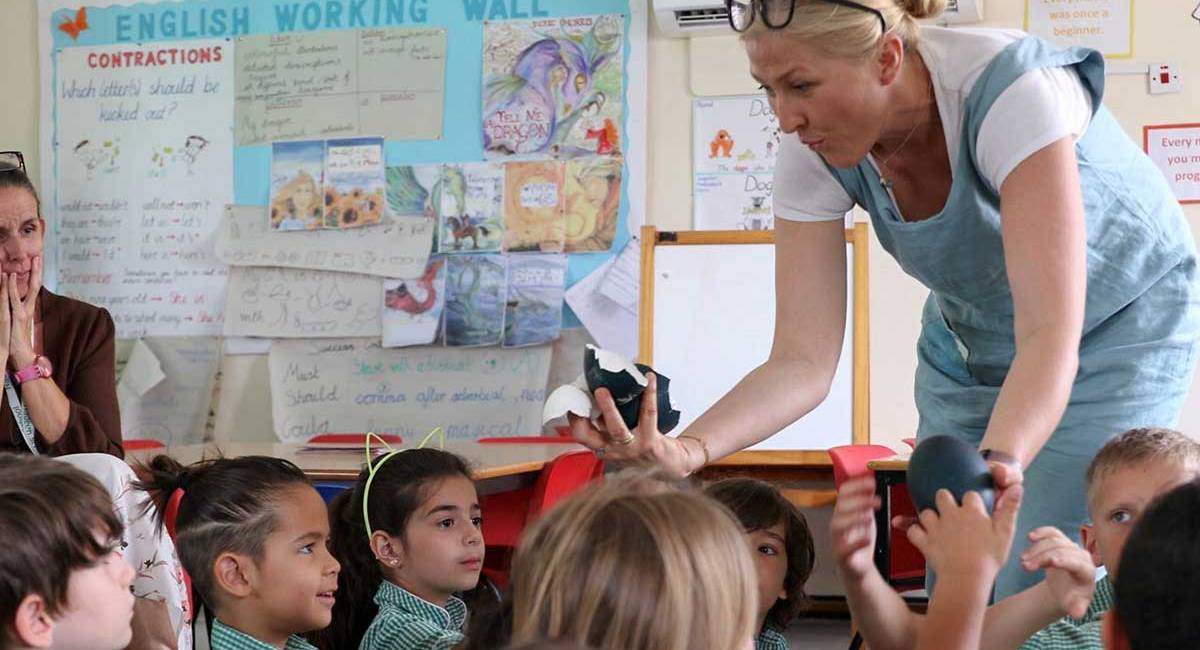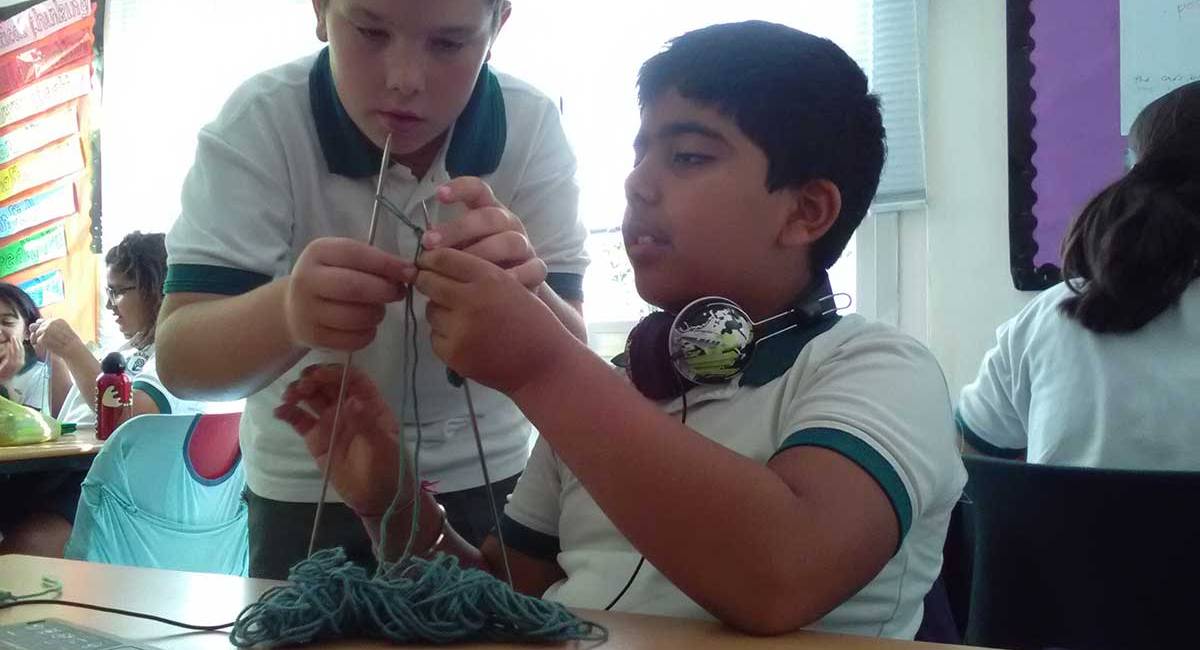Process Art in the Early Years by Miss Emma
Before we begin to discuss the importance and benefits of process art in the Early Years, we should consider the difference between product art and process art.
Product art is art based on following a set of prescribed instructions and generally has an adult agenda or adult designed outcome. When children engage in product art activities, all the pieces look generic and ‘the same’. In product art, children are coerced to follow an example, and in some ways they feel burdened with the expectation for their work to look perfectly like the model they are presented with. This type of art creates little space for the child to be creative with their own ideas.
On the flipside, process art involves presenting children with different mediums and materials to create their own art pieces on a daily basis. In Early Years at Nadeen School, we much prefer the process art approach and we believe in the many benefits presented to children through process art. Our child height shelves are set out in open ended ways with access to paint, water colours, different paint tools, easels, large and small paper, glue, craft materials, crayons, markers and oil pastels. With open access to these materials, children can create anything from their imagination, using whichever materials they feel best represents their ideas.
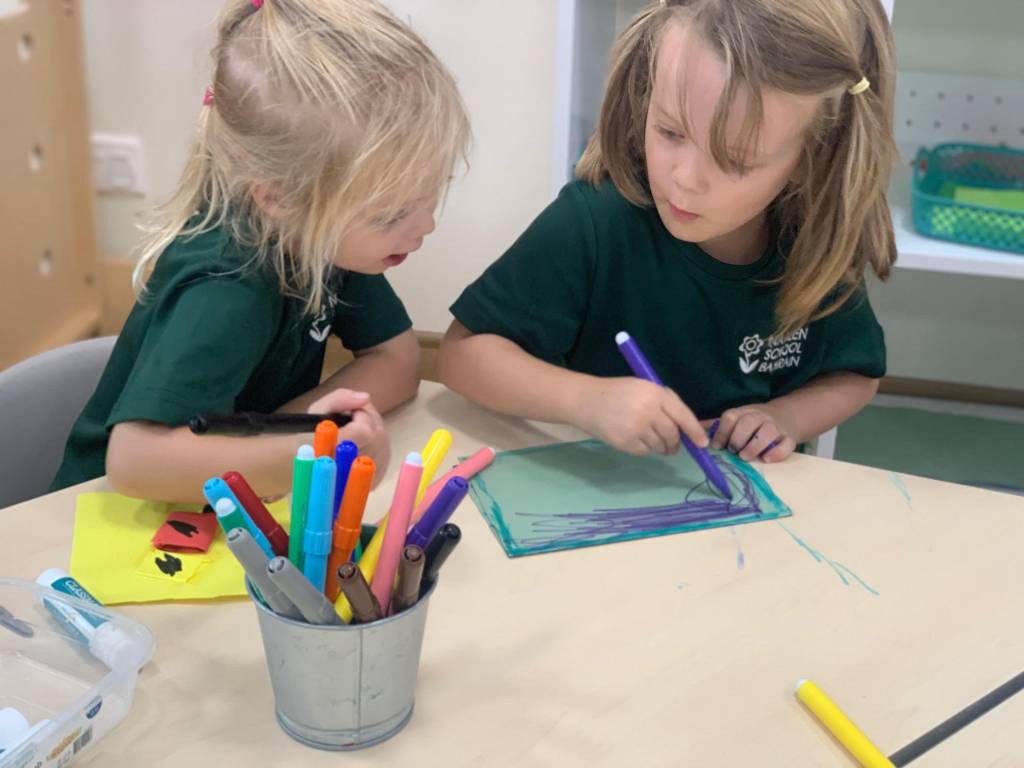
Process art comes with a number of benefits beyond simply being creative. Children learn about the properties of materials and often the limitations when they splodge too much paint and the paper tears. They learn about colour mixing, which often begins by making lots of brown but quickly children learn to be skilled in creating beautiful colour shades of their own. During process art, children learn to think critically and make decisions for themselves. This in turn raises their confidence levels and willingness to ‘have a go’. During their explorations with these various art materials, children soon become keen experimenters and they feel happier making mistakes as they learn and grow.
In Early Years at Nadeen School, the children have opportunities for process art – indoor, outdoor and in their shared areas. Sometimes they collaborate on larger projects or work on large paper rolls, and sometimes the teachers set out exciting provocations with new materials such as coloured water, pipettes and absorbent paper.
“I made purple colour. I mixed blue and red and some white and it makes purple.”
– by Ezra aged 4, talking aloud whilst exploring water colours on large paper.
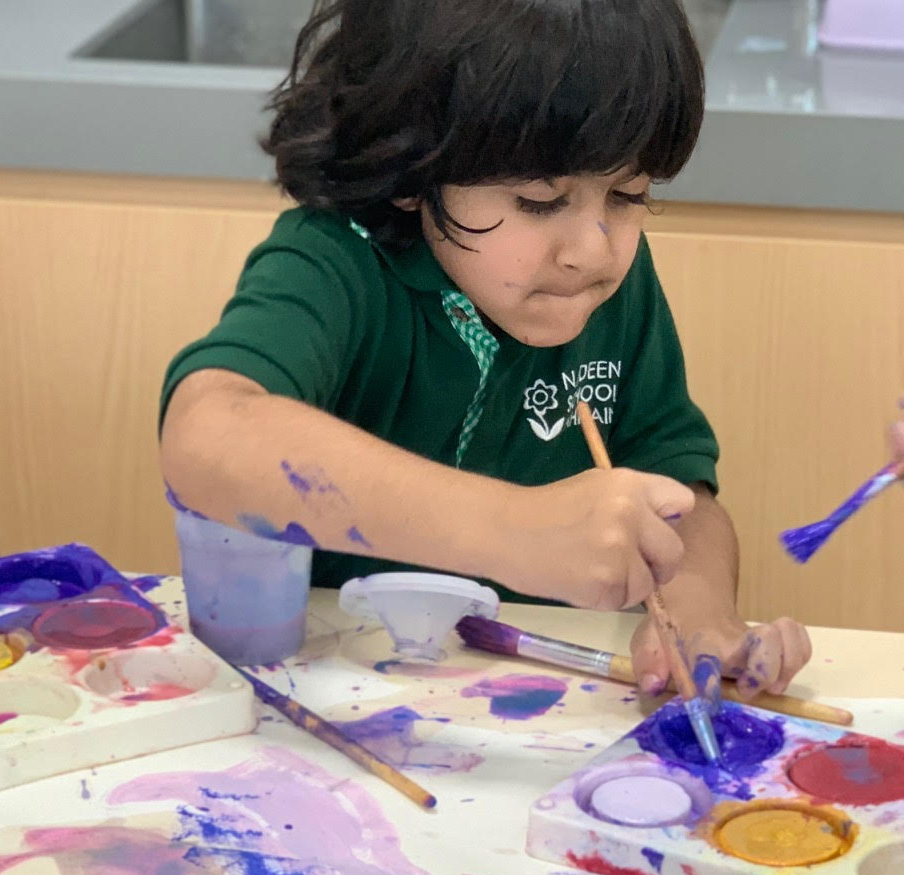
When we couple opportunities for process art with children’s literature in the classroom such as reading ‘The Dot’ by Peter H Reynolds and ‘Beautiful Oops’ by Barney Saltzberg, the children become quickly confident to explore their environment and the different materials on offer.
Although children often set out exploring different materials and processes, this often leads to a product of their own design. Nadeen School strives to create child-centred environments for learning and our art spaces create so many opportunities for children to take a lead in their learning. So, next time your child brings home a piece of art, approach them with the same curiosity they approached their art areas this week. Ask your child to explain their creations and the process that lead them to the unique and individual piece they bring home to share proudly with you.
“I made a picture of an aquarium, these are the stepping stones to walk on to see the fish.”
– by Scarlett, age 4, reflecting on her work with paper craft materials and glue.
